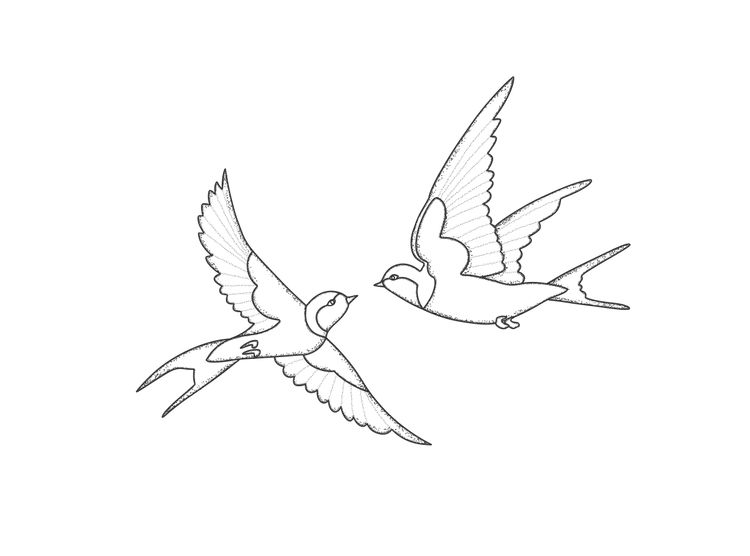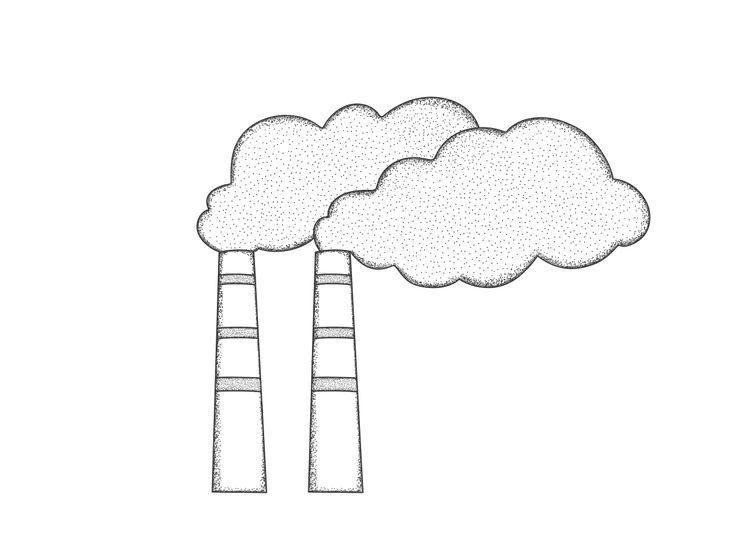Interconnection

What are these stories we tell ourselves of separation—of individuals from each other, of humans from nature, of mind from matter, of past from present, of cause from effect? What are these songs of exile that we sing? What is this drive in us to pull apart the fabric of creation, to name its threads and then claim understanding from the parts?
Creation is a single piece of cloth, its strands so woven that they cannot be untied, its design best contemplated whole. Like plants, each human cell contains traces of its bacterial ancestry. We ourselves are walking colonies, each of us a baroque edifice of symbiotic co-habitation with microbial lifeforms whose cells outnumber our own.
Life on earth is one unbroken conversation, three billion years old, written in the language of carbon chemistry. Carbon is a local dialect in the larger conversation of the cosmos—the dust and gravity and stars whose furnaces forged the elements that made life possible.
Like all phenomena, we are patterns that persist—vibrations of quanta, defined and manifest through their relationships, mutually arising with all of creation, born into every moment, the past only ever present in us now. Like all phenomena, we will return one day to the undifferentiated sea.
When we try to pick out anything by itself, we find it hitched to everything else in the Universe.
My First Summer in the Sierra, John Muir, 1911
Perhaps no science is more obsessed with dividing and naming the world (and then arguing over the taxonomic divisions it has fashioned) than biology. The biologist Lynn Margulis took the path less trodden and dedicated her career to understanding life's interconnections. Drawing on her own observations and intuition, as well as the overlooked work of prior scientists, Margulis described how evolution proceeds through co-operation and collaboration between different species (symbiosis), and the fusion of different species to make new ones (symbiogenesis). "Living beings defy neat categorization," she writes in Symbiotic Planet.
They fight, they feed, they dance, they mate, they die. At the base of the creativity of all large familiar forms of life, symbiosis generates novelty. It brings together different life-forms, always for a reason. Often, hunger unites the predator with the prey or the mouth with the photosynthetic bacterium or algal victim. Symbiogenesis brings together unlike individuals to make large, more complex entities. Symbiogenetic life-forms are even more unlike their unlikely "parents". Individuals permanently merge and regulate their reproduction. They generate new populations that become multiunit symbiotic new individuals. These become "new individuals" at larger, more inclusive levels of integration. Symbiosis is not a marginal, or rare phenomenon. It is natural and common. We abide in a symbiotic world.
The scientific establishment fiercely rejected Margulis's theories, until the evidence within our own cells proved indisputable: the DNA record shows that both animal and plant cells evolved through the symbiogenetic merger of bacterial antecedents. Margulis reasoned that her colleagues struggled with "trained incapacities"—unacknowledged assumptions about the world, like the primacy of humans atop the tree of life (every lifeform is equally evolved, argued Margulis), or the imperative of life to compete.
Margulis collaborated with British scientist James Lovelock on the much-misunderstood Gaia hypothesis. Neither Margulis nor Lovelock proposed that the earth was alive, as such. Rather, the earth functions as a self-regulating system. I think of Gaia as taking the planetary perspective on things rather than the human one. Here is Margulis writing in Symbiotic Planet about what we humans call the environmental crisis.
Life is a planetary-level phenomenon and Earth's surface has been alive for at least 3,000 million years. To me, the human move to take responsibility for the living earth is laughable—the rhetoric of the powerless. The planet takes care of us, not we of it. Our self-inflated moral imperative to guide a wayward Earth or heal our sick planet is evidence of our immense capacity for self-delusion. Rather, we need to protect us from ourselves.
My first thought on reading this passage, published in 1998, was that, were she alive today, Margulis might want to reconsider her words. It was me who needed to consider my own trained incapacities. Margulis continues a few pages later:
Fossil evidence records that earth life in its 3,000-million-year history has withstood numerous impacts equal to our greater than the total detonation of all five thousand stockpiled nuclear bombs. Life, especially bacterial life, is resilient. It has fed on disaster and destruction from the beginning. Gaia incorporates the ecological crises of her components, responds brilliantly, and in her new necessity becomes the mother of invention.
What of the carbon dioxide we so merrily belch into the atmosphere?
The oxygen we need to breath began as a toxin; it still is. The oxygen released from millions of cyanobacteria resulted in a holocaust far more profound than any human environmental activity. Pollution is natural. "Waste not" is an exhortation, not a description. The cyanobacteria's waste became our fresh air.
If you are a poet, you will see clearly that there is a cloud floating in this sheet of paper. Without a cloud, there will be no rain; without rain, the trees cannot grow: and without trees, we cannot make paper. The cloud is essential for the paper to exist. If the cloud is not here, the sheet of paper cannot be here either. So we can say that the cloud and the paper inter-are.
Clouds in Each Paper, Thich Nhat Hahn.
In the world described by quantum mechanics there is no reality except in the relations between physical systems. It isn’t things that enter into relations but, rather, relations that ground the notion of ‘thing’. The world of quantum mechanics is not a world of objects: it is a world of events. Things are built by the happening of elementary events: as the philosopher Nelson Goodman wrote in the 1950s, in a beautiful phrase, ‘An object is a monotonous process.’ A stone is a vibration of quanta that maintains its structure for a while, just as a marine wave maintains its identity for a while before melting again into the sea.
Reality Is Not What It Seems: The Journey to Quantum Gravity, Carlo Rovelli
When this is, that is.
From the arising of this comes the arising of that.
When this isn't, that isn't.
From the cessation of this comes the cessation of that.
The teachings of the Buddha, from the Assutava Sutta, Samyutta Nikaya 12.2
When you climb it is the mountain as much as your own legs which lifts you upwards. And when you paint it is the brush, ink, and paper which determine the result as much as your own hand.
The Way of Zen, Alan Watts, 1957.
Each week I explore a life metaphor that has touched me in my coaching. Subscribe to get my scribblings every Sunday morning. You can also follow me on Medium, or on LinkedIn. Feel free to forward this to a friend, colleague, or loved one, or anyone you think might benefit from reading it.





